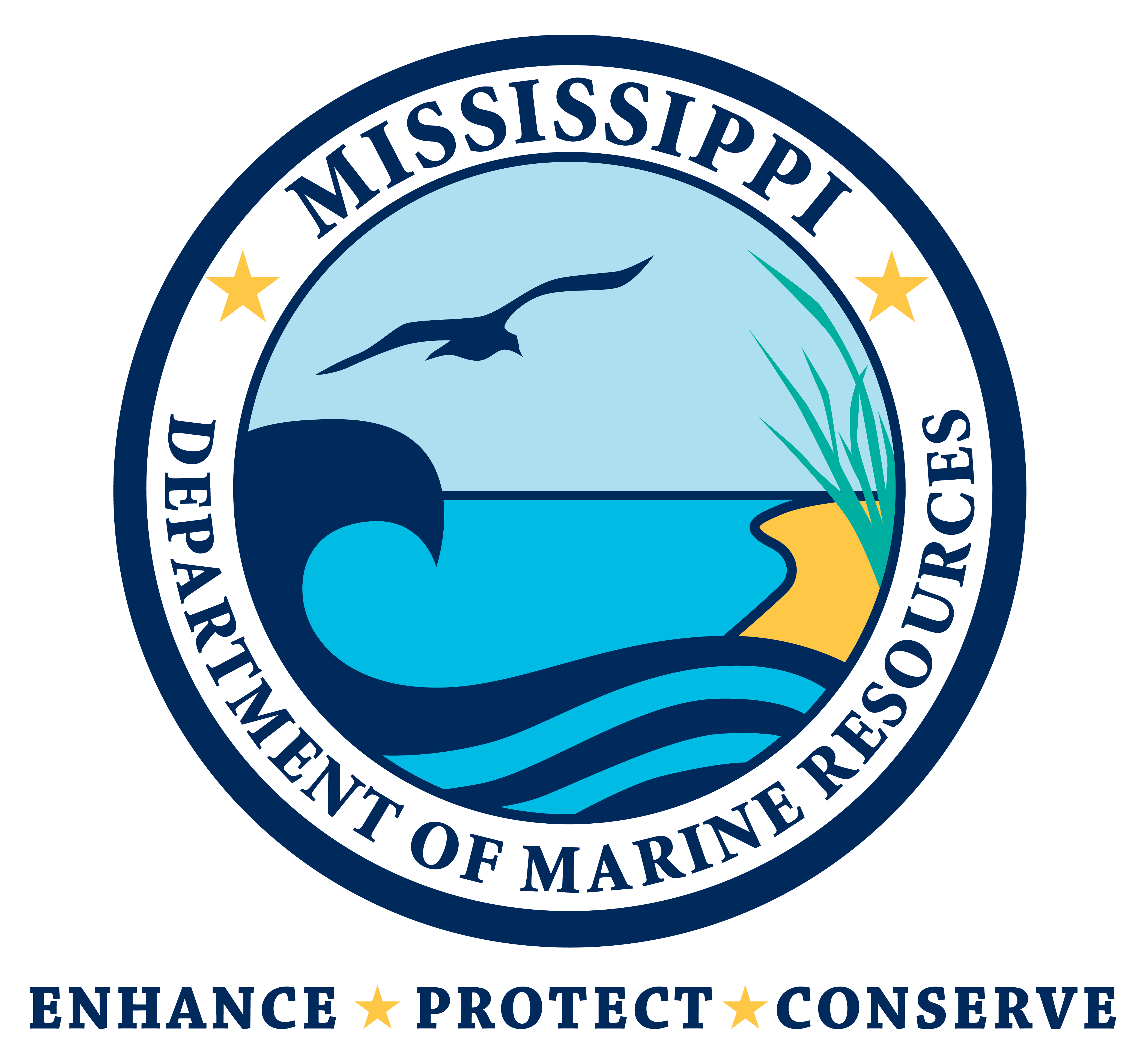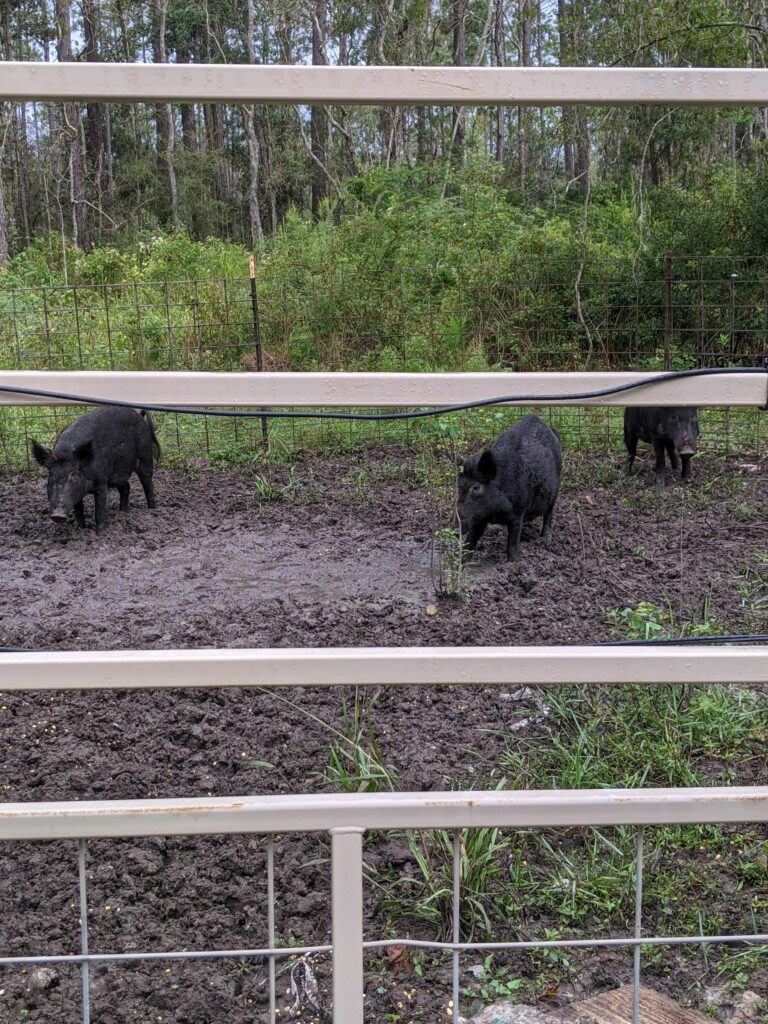Feral Hog Monitoring
Feral hogs are one of the most destructive invasive species in America. Their impact is usually quantified by dollars lost to agricultural damage annually, which is upwards of 1.5 billion dollars. What is harder to quantify is the damage done to our natural ecosystems, though it is certainly at least equivalent to the agricultural damage. A hog is feral when it is wild but originates from domestic stock. This is true of a hog if it was once domestic itself and became wild, or if its ancestors can be traced back to domestic stock. Most of our feral hog population in America is some mix of domestic and Eurasian boar ancestry. Hogs are prolific breeders, face very few natural predators, can eat nearly anything, and are vectors for a multitude of parasites and viruses. Here at the Grand Bay NERR (GNDNERR) hogs are specifically threatening to the longleaf pine and other vitally important plant species. Some hog exclusion studies have reported complete failure of longleaf regeneration on tracts where feral hogs were present.
Considering the mere 5% of its historical range that the longleaf pine savanna currently occupies, hogs must be taken as a serious threat to the existence of this ecosystem. That’s why the staff at the GNDNERR are doing what they can to minimize the effects of feral hogs on the landscape. GNDNERR staff have begun trapping efforts with the goal of removing whole sounders (an entire family group of hogs) at a time. Removing entire sounders of hogs at once from the landscape is necessary to avoid educating the hogs to the dangers of the trap and consequently creating trap-shy hogs.
Using cellular trap gates and cellular cameras, we can monitor trapping efforts in real time and selectively activate traps to ensure whole sounder capture. Trapping efforts are ongoing and, if our efforts result in minimizing the feral hog population and positively impacting our native flora and fauna, it will be considered a huge success.
Meet the Staff
He also oversees the Grand Bay NERR's feral hog monitoring.



